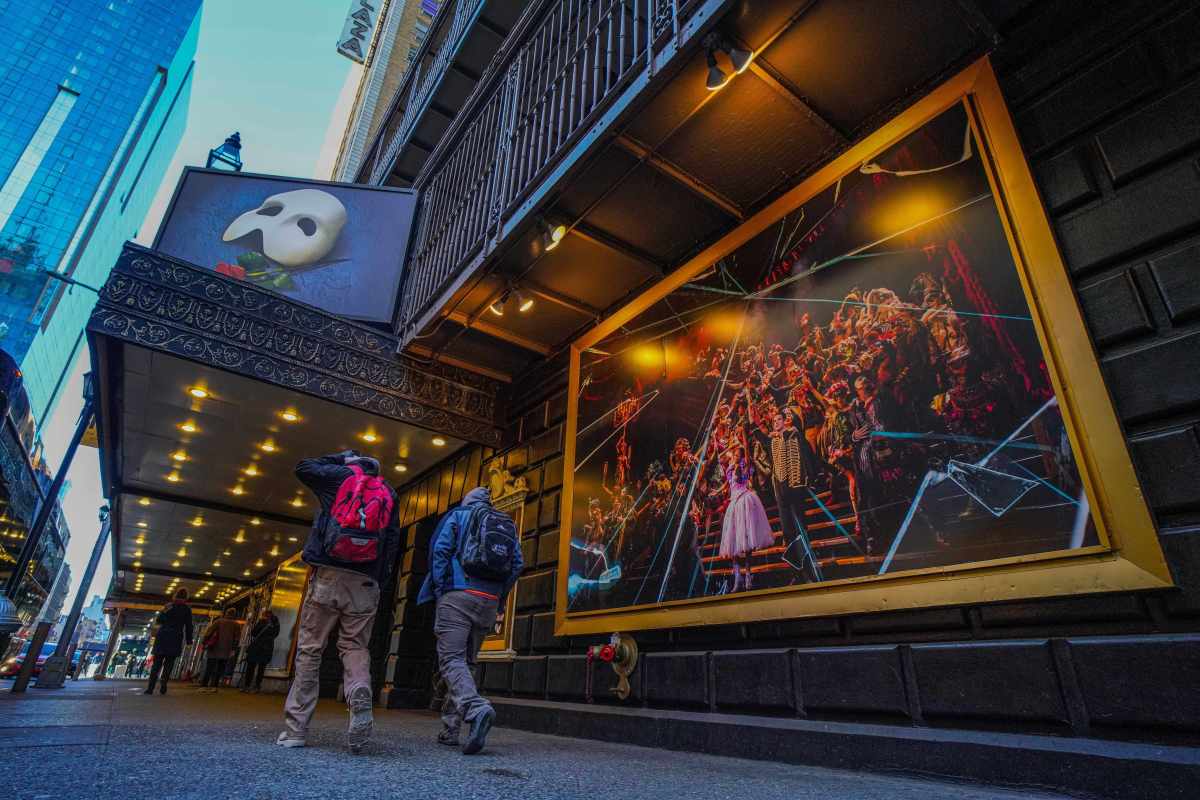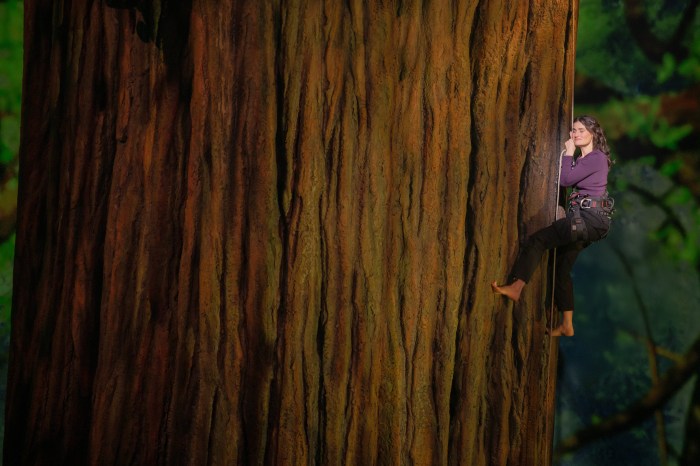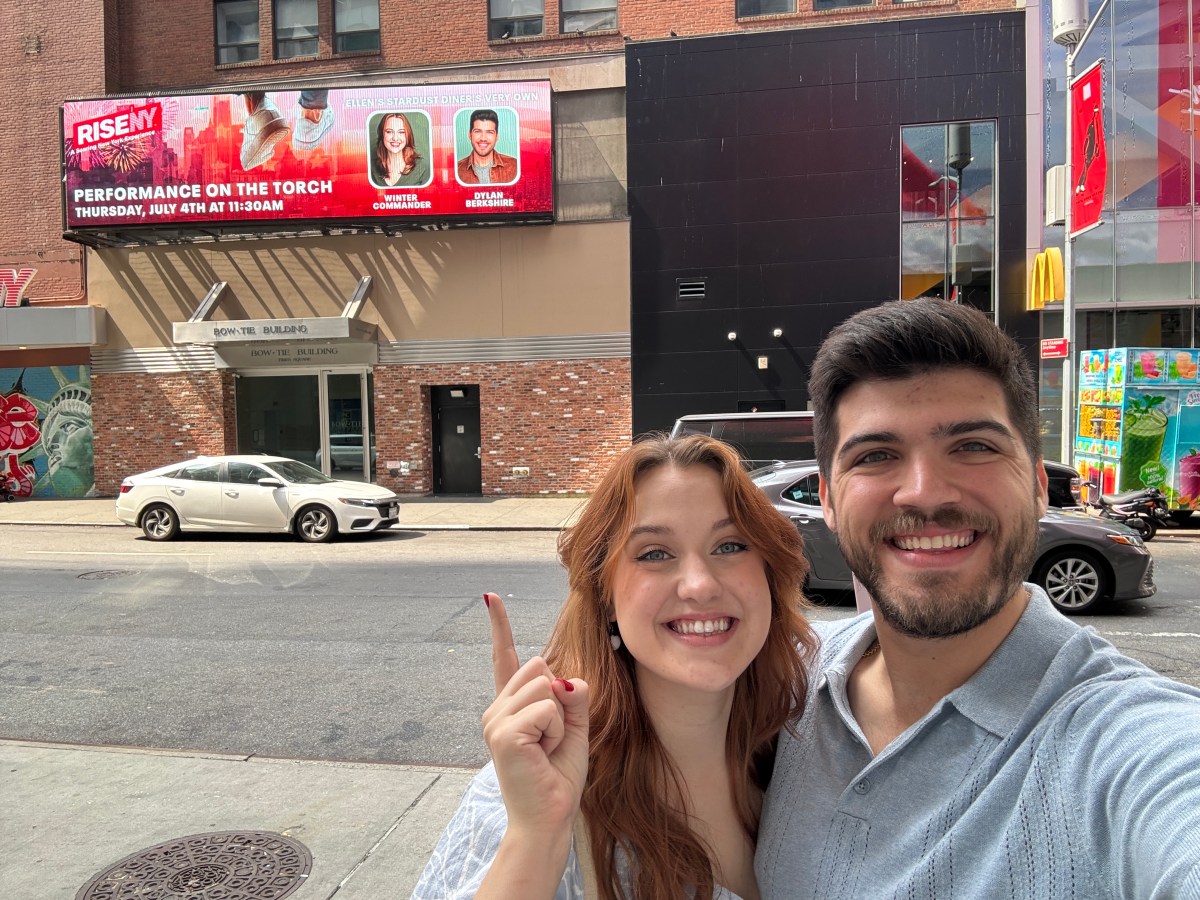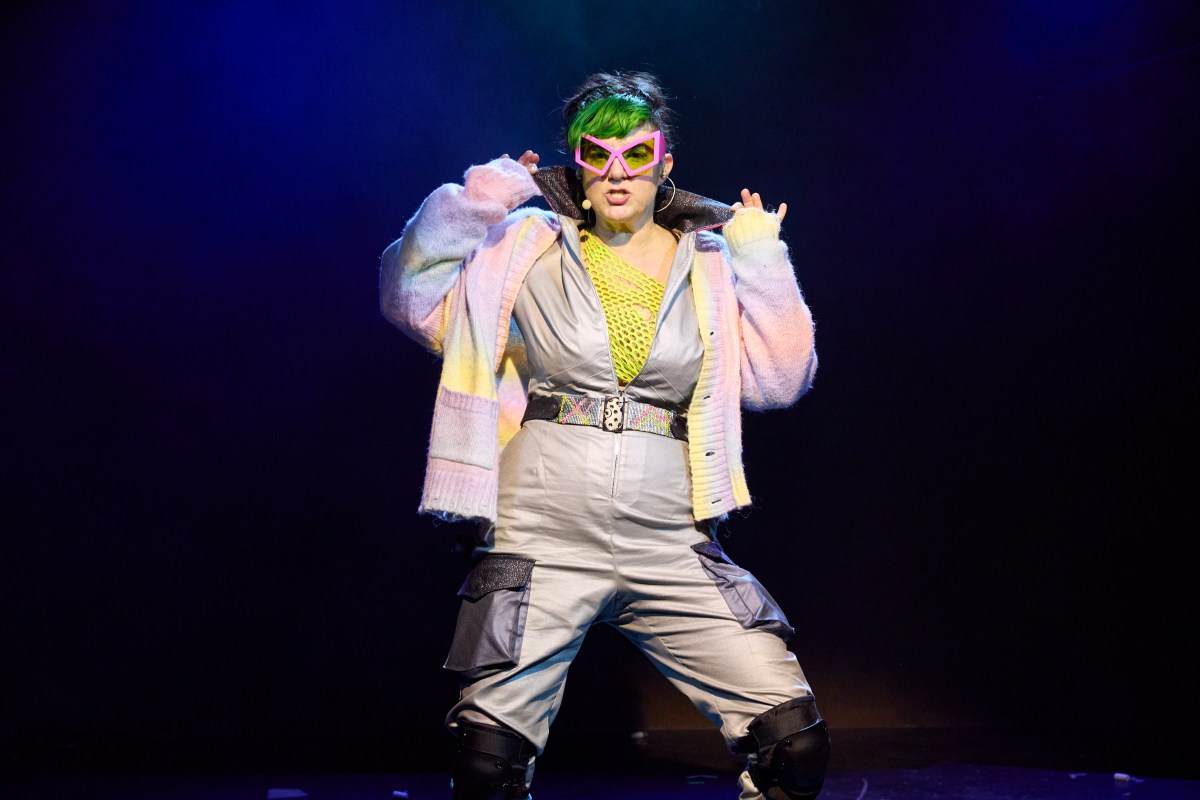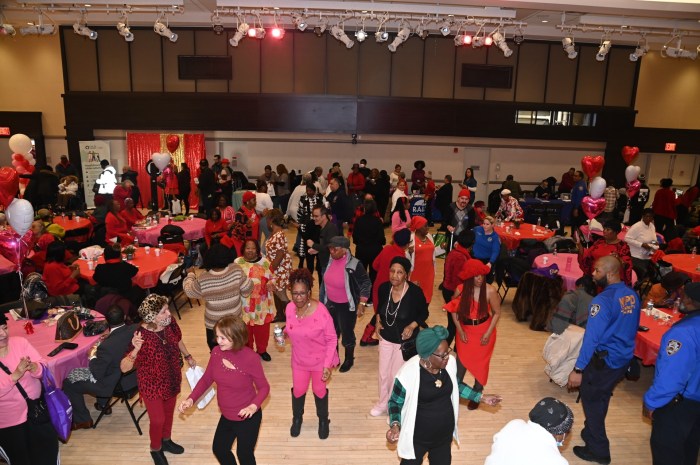In September, New York City’s theater community got the shock of its life. “The Phantom of the Opera,” Broadway’s longest-running musical, announced it would be closing after 35 years and billions of dollars in ticket sales on the Great White Way.
According to data compiled by Playbill, in the months leading up to the announcement, “Phantom” was frequently filling less than 80% of the seats in the 1,600-person house. The show wasn’t earning enough money to offset the costs of operations — and many in the local theater community saw it as a bad omen.
If one of Broadway’s most beloved musicals couldn’t survive, what could?
Closing notices paper Broadway
Earlier this month, two new shows, “KPOP” and “Ain’t No Mo” set closing dates just weeks after they opened. Between Dec. 5 and 11, “Ain’t No Mo” reported earnings of just $164,000 and audience sizes less than half the capacity of the theater. “KPOP” was filling its house, but still drew in only $281,000.
The same week, “The Music Man” came out on top, money-wise, with more than $3 million in revenue. The other top-grossing shows — including “Hamilton,” “SIX,” “Aladdin” and “Funny Girl” — earned between $1.4 and $2 million.
More shows are slated to close in the first few weeks of January, including “The Music Man,” “A Strange Loop,” “Beetlejuice,” and “1776.” All but one opened just this year.
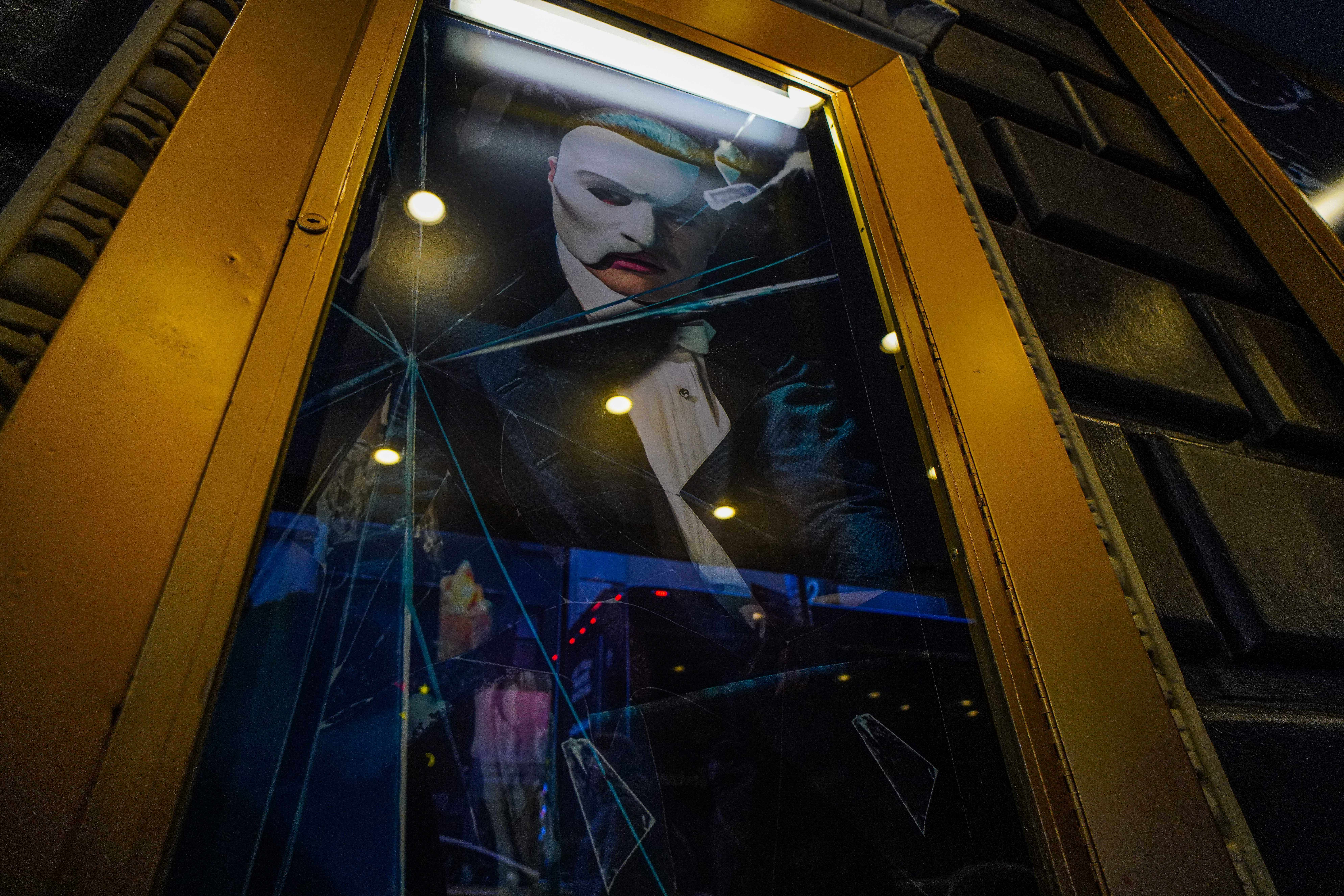
The bad news continued off-Broadway. Caroline’s on Broadway, the famous comedy club just north of Times Square, will host its last comedian on Dec. 31 after its landlord hiked the rent. Off-broadway, “STOMP,” a staple of local theater for nearly 30 years, announced that it’s closing in January.
Nearly three years after the pandemic shuttered New York City’s theater and entertainment venues, the future of the local theater and entertainment industry is still looking less-than-perfect.
Pandemic ‘the great accelerator’ in theater woes
The very nature of live entertainment — its reliance on large crowds packed tightly indoors — meant it was essentially banished during the pandemic. Small venues were only allowed to open at partial capacity in spring 2021, over a year after the initial shutdowns. Crowd sizes and revenue are also down at institutions like the Metropolitan Opera House.
“Nobody wants to admit that they’re not selling tickets,” said Karen Greco, who worked in public relations and communications for off-Broadway theaters for two decades before leaving the city in 2020. “Because of COVID, now Broadway is sort of admitting … sales are down, audiences are not coming back. And I think it’s the same for off-Broadway, and off-off Broadway, but nobody wants to talk about it.”
The pandemic was “the great accelerator” to an existing issue in New York City theater, Greco said. Theatergoers were attending shows with less frequency, in part due to rising ticket prices on Broadway. Off-Broadway shows offer a more affordable option, but usually cater to a much smaller, more niche audience.
While Broadway’s struggle is more visible, the issue facing those off-Broadway theaters is more dire. Many were already operating with small margins to begin with, and some do not own their theater spaces. In those cases, it’s not just the future of a show that’s in jeopardy — it’s the future of the theater itself, and the community built around it.
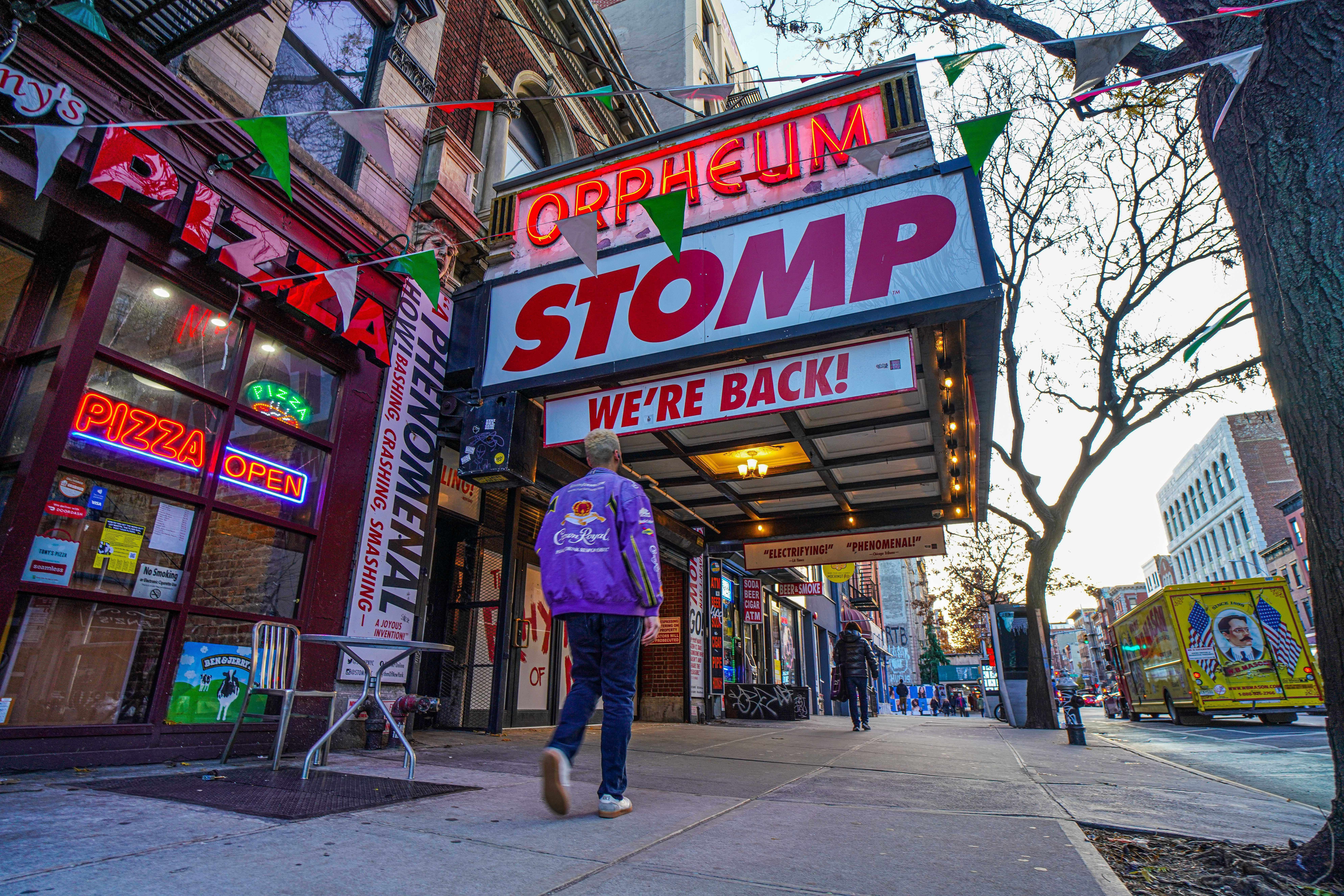
“Private funding can definitely keep them alive, but more and more, with the way funding has been going, I think theaters are going to need ticket sales more and more,” Greco said.
To that end, larger, well-resourced off-Broadway theaters like the Public Theater and Playwrights Horizons will probably be OK. It’s the much smaller houses that are staring down the barrel.
“What happens when the benevolent landlord who gave them that space for a song decides it’s time to sell out and a hedge fund buys it?” Greco said. “Or, if it’s an itinerant company that doesn’t have a space, so many theater rental spaces are gone now, where do they go?”
An off-Broadway theater works to keep the community alive
In Alphabet City, the wild project, a small theater and arts venue dedicated to providing space for queer and BIPOC artists, is trying to ensure its future and that of the artists it supports. The theater opened in 2007 and, for most of its life, has functioned primarily as a rental theater for artists or small theater companies without their own space.
In 2017, the wild project (sic) shifted its focus — the team wanted to start giving back to the community more, and with nonprofit status came grant funding for programming.
Before the grant funding started coming in after the worst of the pandemic, the wild project relied on the funding from renting the theater out to survive. In 2020, the organization stayed afloat thanks to Payroll Protection Program and Small Business Administration low-interest loans. They got through 2021 with an SBA Shuttered Venue Operators Grant.
“Right after the pandemic, I would say, is when we really started getting money to build our programs, because we were always fighting against rent increases with our lease, because we don’t own our own building,” said Ana Mari de Quesada, the organization’s Producing Artistic Director. “Every year we had like, 12-16% rent increases, it was insane. We were never able to find our footing financially, so we were dependent on being a rental house for that income.”
The funding allowed them to produce their first original work earlier this year — “F**k 7th Grade,” a new musical by songwriter Jill Sobule. They’ve also been able to offer more support to the artists that still rent the theater — technical and outreach assistance, plus a cut of box office sales.
Their first full year back in operation after the pandemic closures has been surprisingly fruitful, said producing director Tom Escovar, especially as other small theaters struggle to get their audiences back.
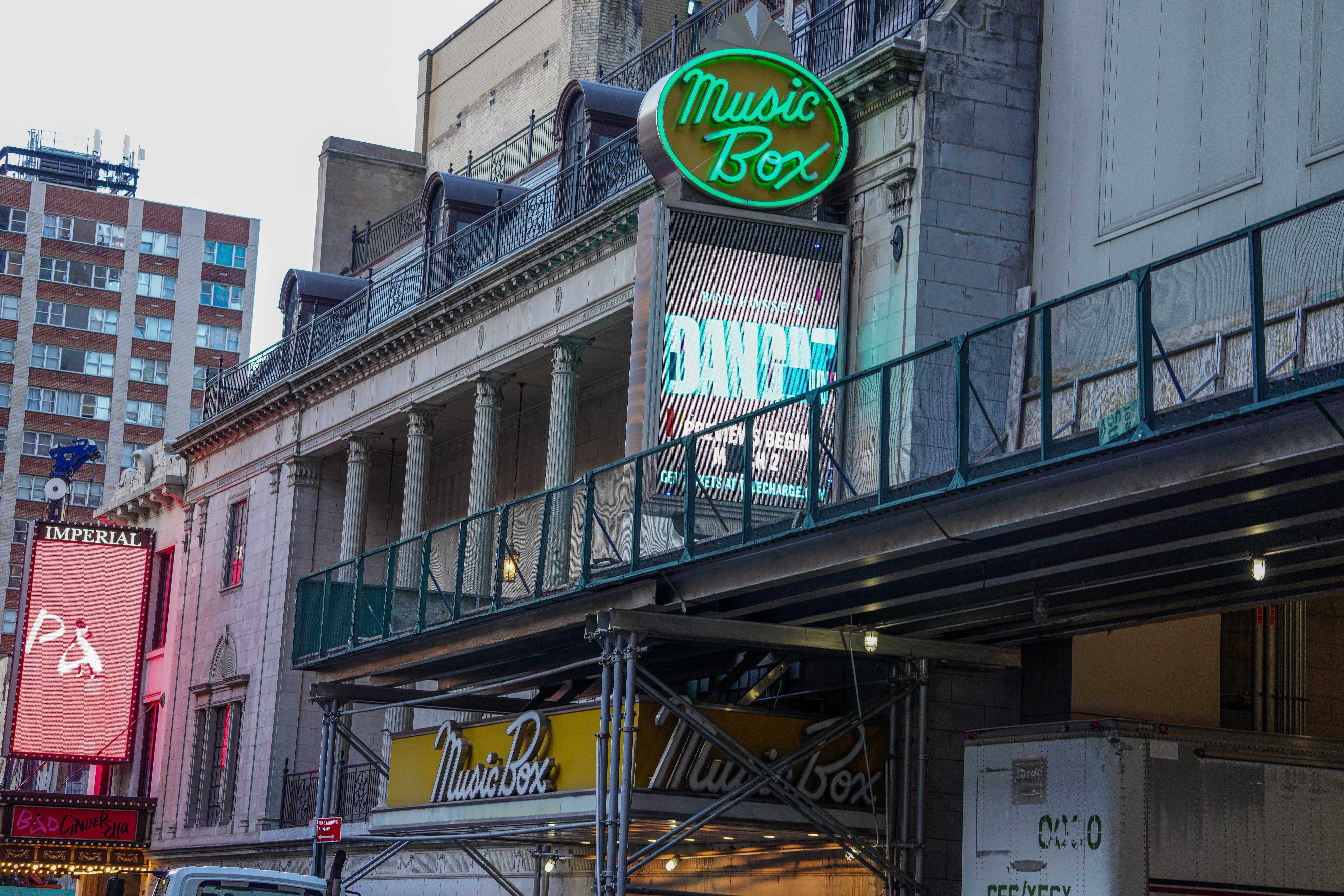
All that – plus the money to offer a summer program in partnership with a local public school last summer — has been wonderful, de Quesada said, but there’s one more hurdle in the wild project’s path: buying their building.
“Starting this February, we launched our capital campaign, because we’re trying to buy our building, our landlord does want us to buy our building,” she said. “With all these exciting things, we’re still at the mercy of, I mean, we might lose our home, we have a very limited time to try to get our resources together, to get funding.”
Buying the building and staying open means more to the wild project than preserving its own future. Dozens of rehearsal spaces and rental theaters have closed over the last two years, leaving the downtown theater community with fewer and fewer resources.
“We feel like we need to act quickly,” Escovar said. “We want to make sure we’re here, we feel it’s so important to keep this space alive and where it is – particularly in the East Village, where … businesses are going down left and right.”
There’s still a year left on the wild project’s lease, and they hope to have enough money to put an offer in before building hits the market and is scooped up by a developer.
Winter will be ‘true test’
Another challenging season may be coming for live entertainment as the “tripledemic” of flu, COVID, and RSV sweeps the city. Health authorities are once again recommending masks indoors, and inflation is still high.
“I think people want to go back to the theater, both Broadway and to independent venues like this,” Escovar said. “I think there are still a lot of things working against the city right now, especially as we go into winter. I think the true test is going to be winter.”
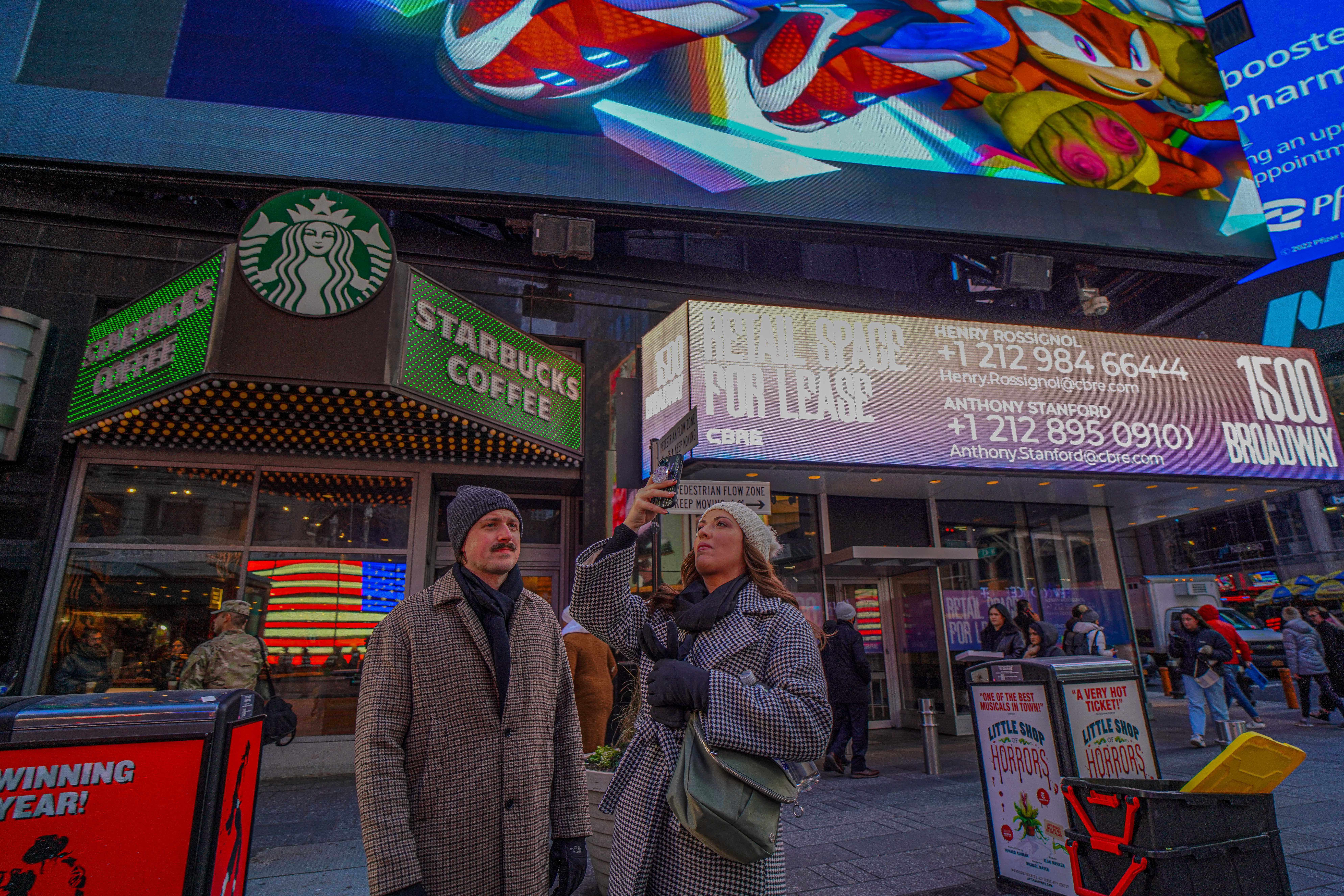
Greco, who now lives and writes about theater in Rhode Island, said she’s seeing a renaissance of good work in regional theater outside of New York. Small houses are taking risks they’ve never taken before and putting on experimental new shows. It’s exactly what the bustling theater community in Manhattan has dreamed of.
“[It has] been really cool to see, and, at the same time, really kind of frustrating when I see that there’s a breakdown in our little ecosystem in New York,” she said. “Knowing that there is a concern that this could disappear. I shouldn’t say disappear — New York is New York and it will always be there. But it’s just going to look very different. And I think it’s going to look a lot smaller.”



